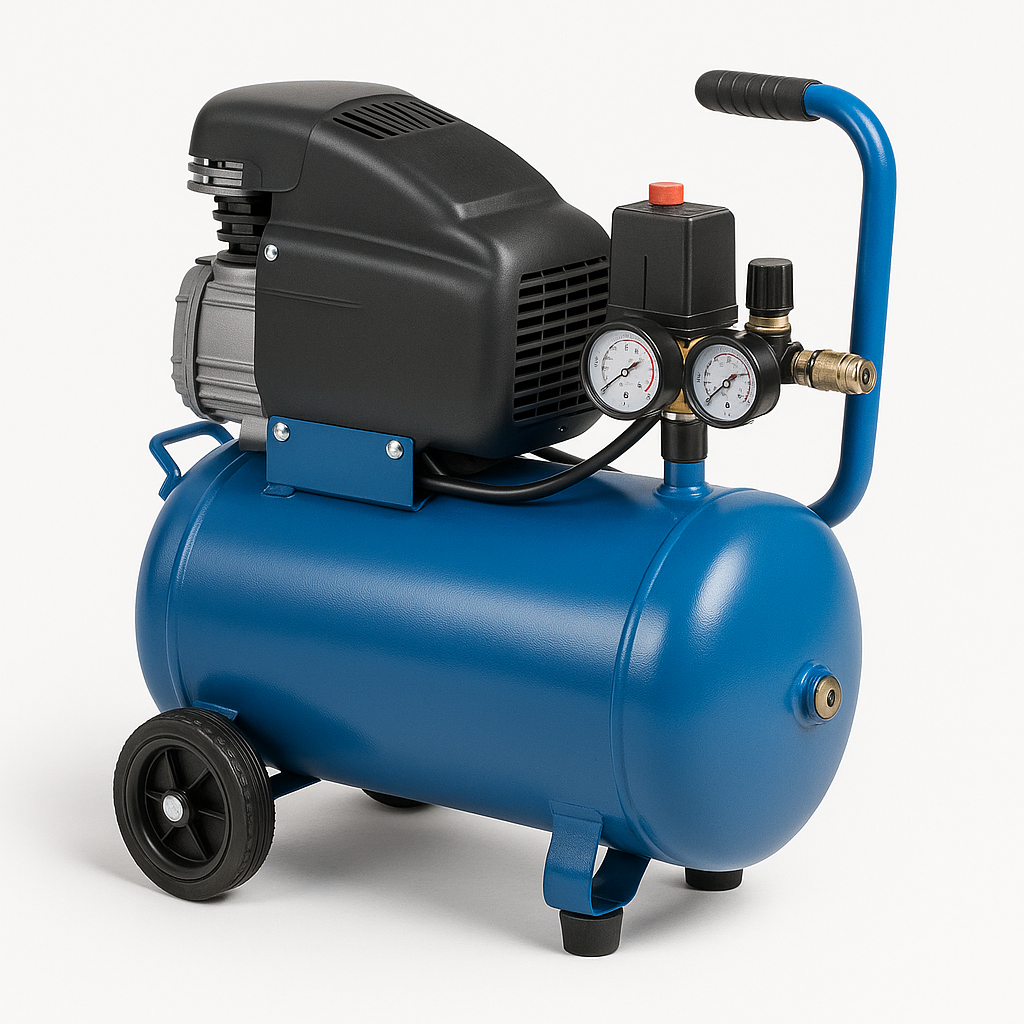Five Killer Quora Answers On Long-Neck Sander Test
페이지 정보

본문
Understanding the Long-Neck Sander Test: An Overview for Professionals
The long-neck sander test is an essential assessment in various building and painting tasks, primarily concentrating on achieving smooth finishes on large surface areas. This article aims to notify professionals about the specifics of the long-neck sander test, its value, method, and how it enhances work quality in different trades. We'll cover whatever from typical FAQs to specific details in tabular type, guaranteeing a detailed understanding.
What is a Long-Neck Sander?
A long-neck sander, also called an extended reach sander, is a tool created for sanding big surfaces-- especially ceilings or high walls-- that would otherwise be challenging to reach with conventional sanders. The style generally includes a long deal with connected to a sanding head, enabling users to accomplish a smooth finish without the requirement for scaffolding or ladders.
| Kind Of Long-Neck Sanders | Description | Finest Use Case |
|---|---|---|
| Pneumatic Sanders | Air-powered, lightweight | Industrial and vehicle applications |
| Electric Sanders | Corded or cordless | Residential paint and drywall completing |
| Manual Sanders | Hand-held but extended | Touch-ups and information work |
Importance of the Long-Neck Sander Test
The long-neck sander test serves several functions, including:
Surface Quality Assurance: Ensuring that a surface area is consistent and Bandschleifer StationäR Angebot devoid of flaws may prevent problems in subsequent work phases, such as painting or sealing.
Functional Efficiency: By evaluating the effectiveness of a long-neck sander, experts can determine the ideal method and methods that will save time and resources.
Security Assurance: Reducing the requirement for scaffolding or substantial ladder work lessens fall risks, therefore promoting a much safer work environment.

Approach of the Long-Neck Sander Test
Carrying out a long-neck sander test includes numerous actions that guarantee both quality and efficiency.
Preparation:
- Obtain the necessary tools: long-neck sander, sandpaper of different grits, dust mask, safety goggles.
- Ensure the work space is clear of particles.
Test Surface Selection:
- Choose a section of the material you plan to sand. This might be drywall, wood, or other surfaces.
Sanding Technique Assessment:
- Evaluate the various sanding techniques such as orbital, linear, and cross-sanding.
- Test different grits to determine optimum results for the material.
Observation and Measurement:
- Visually examine for scratches, unevenness, or langhalsschleifer Test any signs of flaw.
- Use sanders with specifications that enable measurement for precise outcomes.
Documentation:
- Record findings, including surface condition before and after sanding.
- Note any concerns encountered and possible resolutions.
Common Issues and Solutions
Throughout the long-neck sander testing procedure, numerous concerns can emerge. Here's a table summing up the typical issues and their solutions:
| Issue | Possible Cause | Service |
|---|---|---|
| Unequal surface area after sanding | Inaccurate sanding strategy | Adjust method, try various angles |
| Excessive dust build-up | Poor vacuum attachment | Guarantee proper vacuum connection |
| Gouged surface area | Too coarse sandpaper | Start with finer grit sandpaper |
| Device getting too hot | Extended use or inappropriate maintenance | Allow a cooling period and check motor performance |
FAQs About the Long-Neck Sander Test
1. What kinds of surface areas can a long-neck sander be used on?
Long-neck sanders are ideal for drywall, plaster, wood, and some concrete surfaces. Each surface might require specific sanding pads or strategies.
2. How do I understand which grit sandpaper to use?
Selecting the right grit includes beginning with a coarser grit for heavy material elimination, then moving towards finer grits for raveling the surface.
3. Is a long-neck sander essential for little jobs?
While practical for big locations, for little tasks or information, a manual sander may be enough. Nevertheless, utilizing a long-neck sander generally supplies a more consistent finish.
4. Exist any security issues connected with utilizing a long-neck sander?
Yes, it is essential to use safety goggles and a dust mask to prevent inhaling dust and prevent eye inflammation. Furthermore, make sure correct body posture to prevent stress.
5. How often should the sandpaper be changed?
The frequency of sandpaper replacement differs depending upon the product being worked on and the depth of sanding. Usually, once the sandpaper appears clogged or inadequate, it needs to be changed.
The long-neck sander test is a vital process in lots of construction and finishing applications, making sure high standards of quality and security. By understanding the different approaches, prospective issues, and FAQs surrounding this tool, experts in the field can improve their workflow and Winkelschleifer Test deliver exceptional outcomes regularly.
Investing time in mastering long-neck sander strategies will not only improve surface finishes however also contribute to a more efficient and more secure workplace. Whether dealing with massive industrial tasks or smaller sized domestic ones, the tools and Werkzeug Online Bestellen understanding obtained from the long-neck sander test are important possessions.
- 이전글[문의 010-9503-7784] 천안룸싸롱 천안룸싸롱주대 두정동룸싸롱주대 두정동2차노래방주대 25.10.26
- 다음글Ufabet: Enjoy Thrilling Casino Site Gamings in Thailand 25.10.26
댓글목록
등록된 댓글이 없습니다.


